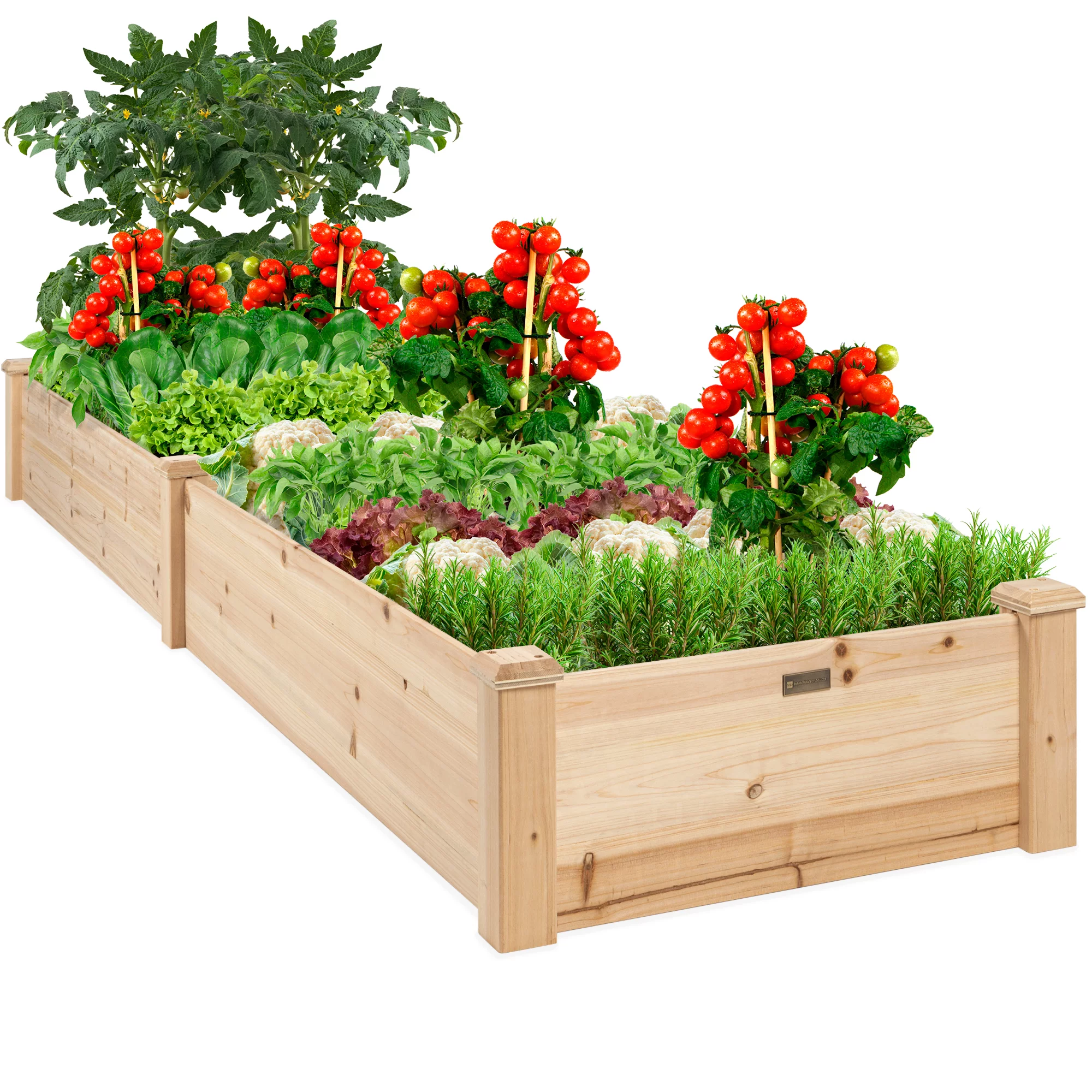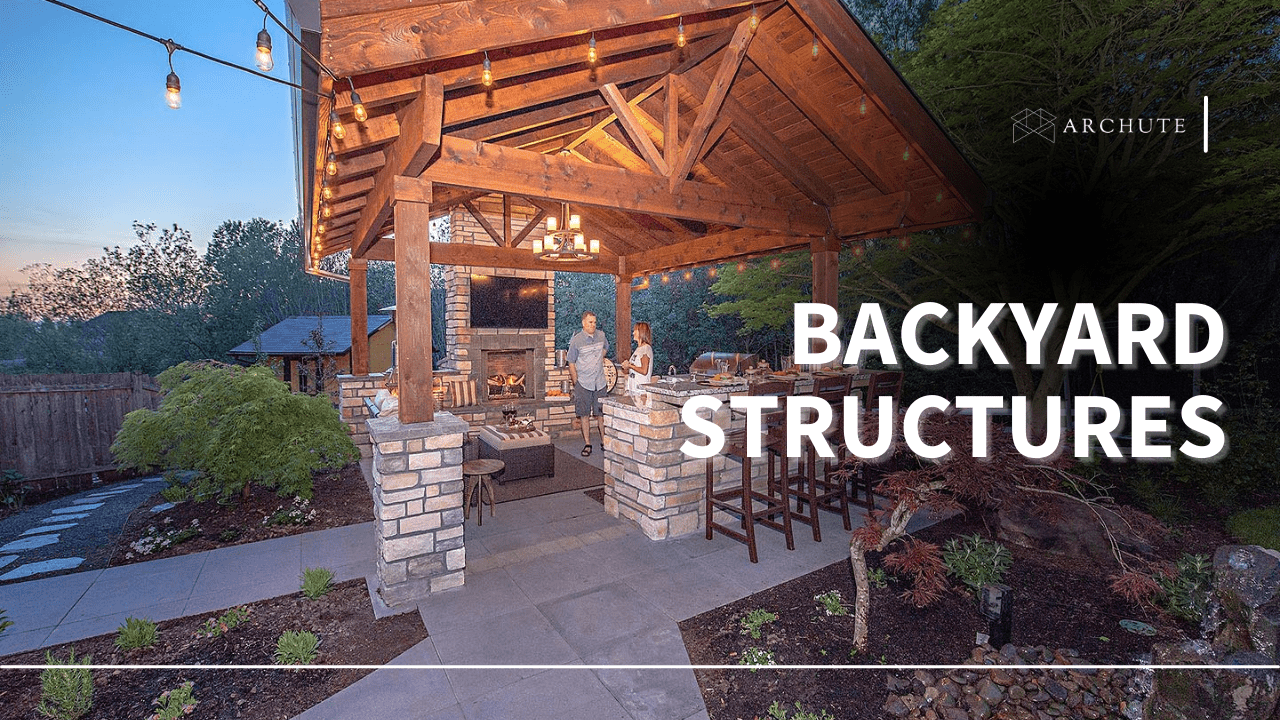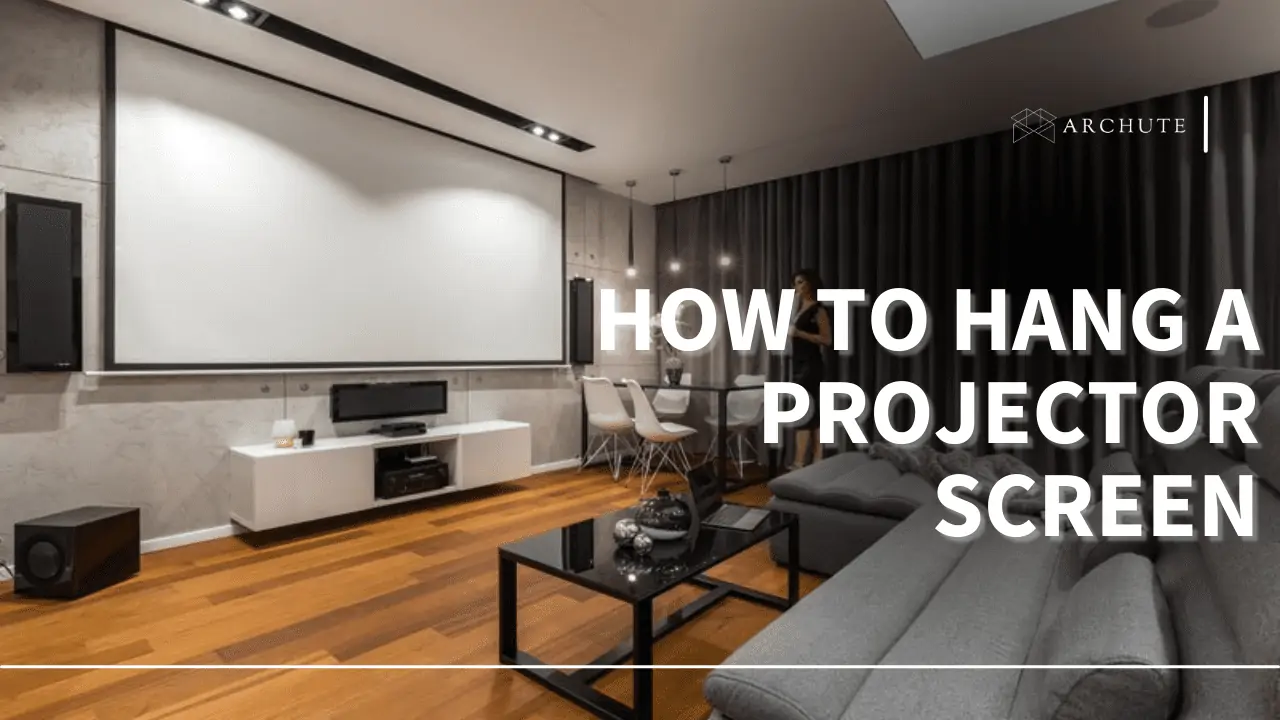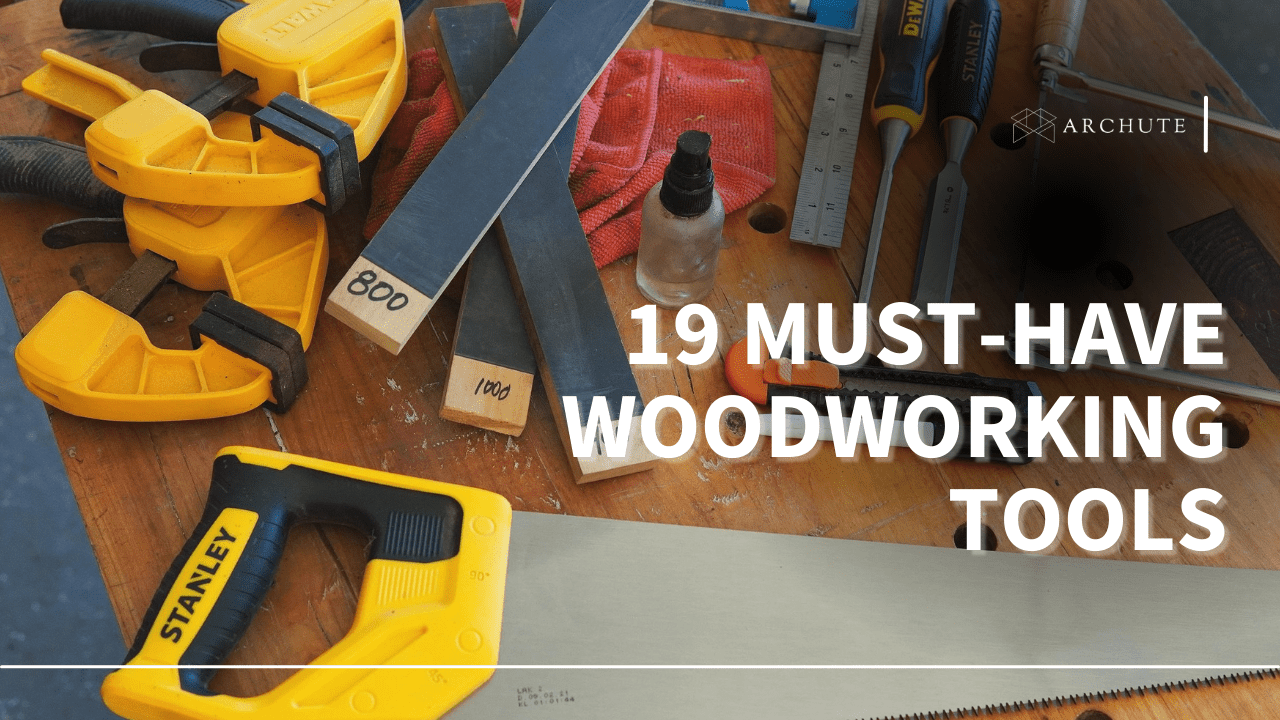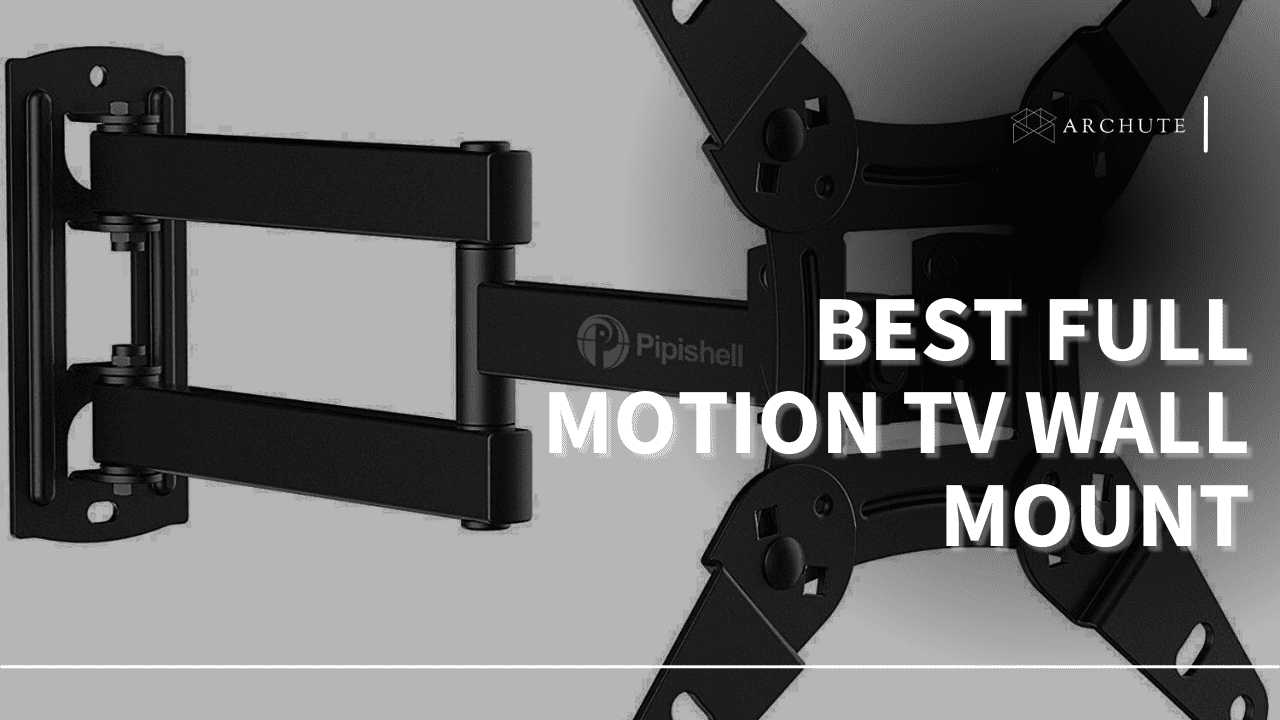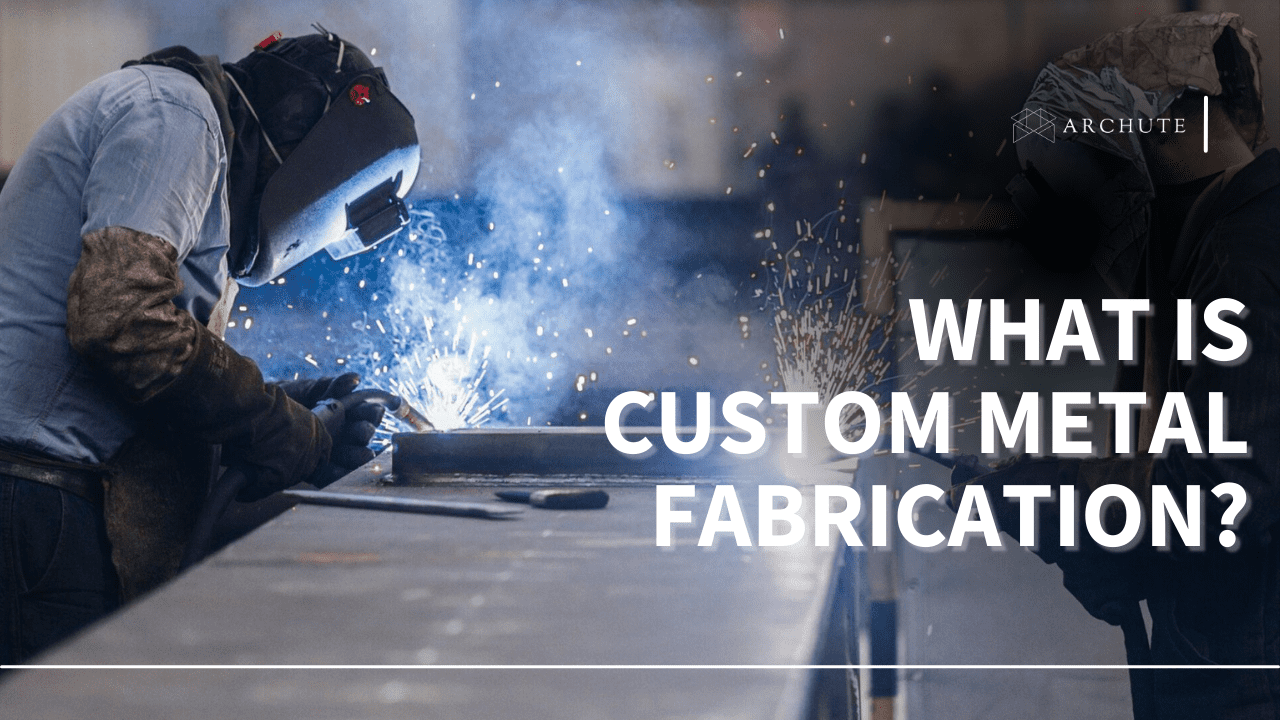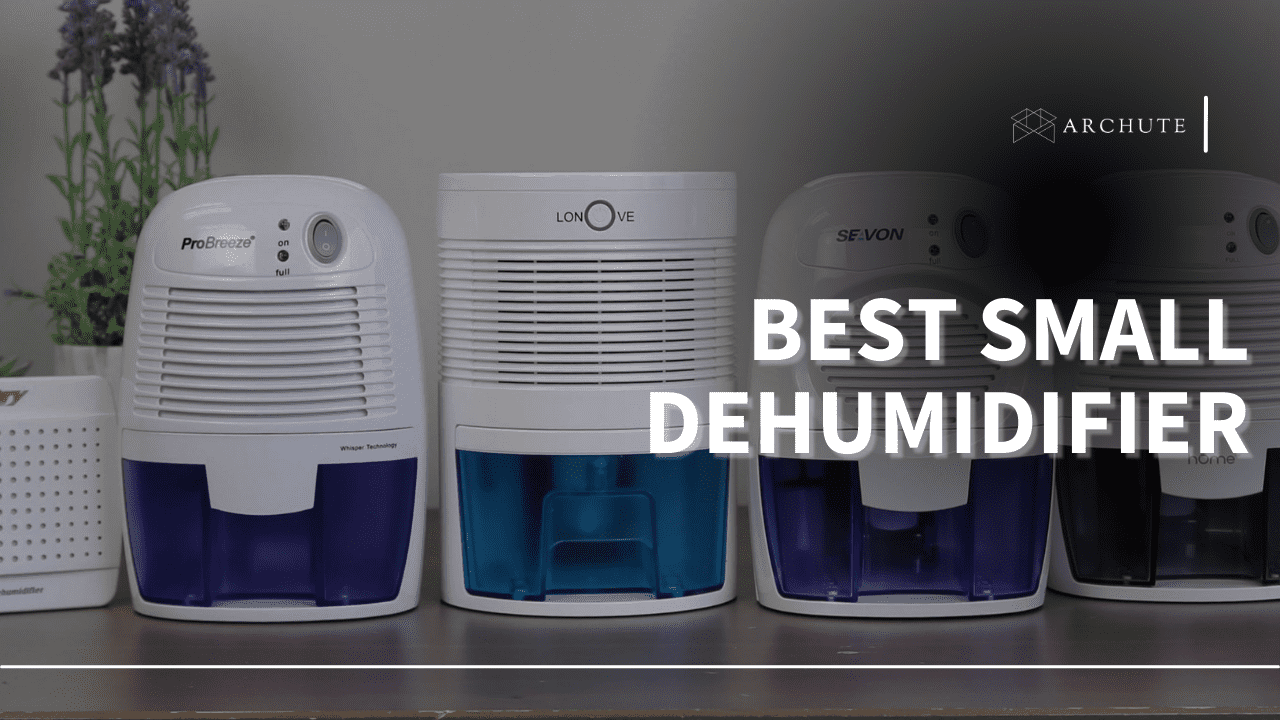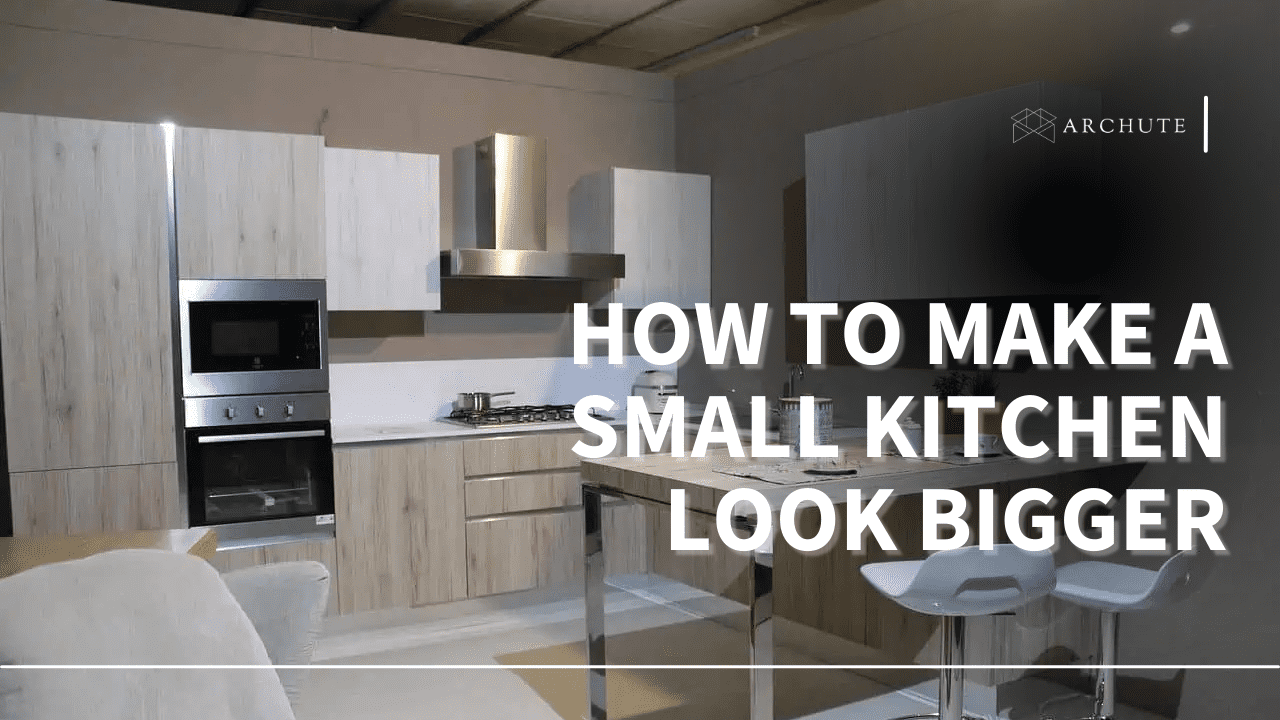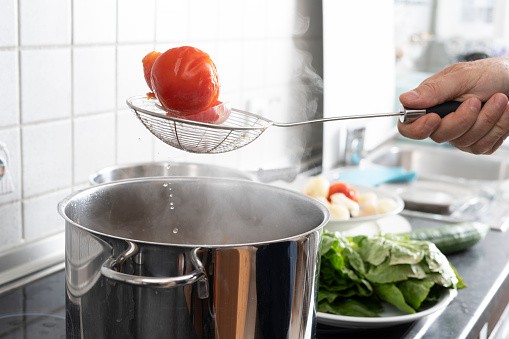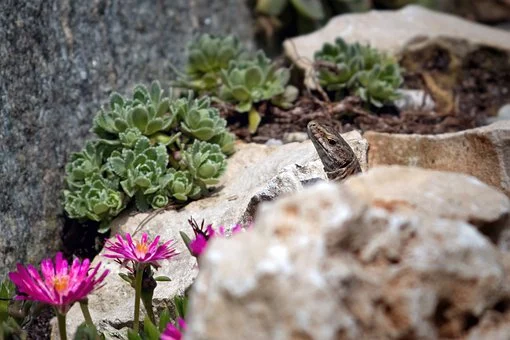Are you looking for planter design ideas or easy garden ideas for growing fresh vegetables at home? Planter boxes or raised garden beds are common in urban areas with limited space. So, if you love gardening or you are a beginner and wonder what the best wood for planter box construction or raised garden beds is, we've got you covered. Our article discusses the best wood for raised garden beds that is durable and eco-friendly. So, let's get into the article.
Benefits Of Using Raised Garden Beds/Planter Boxes

1. Less weed growth
Raised garden boxes do not promote the growth of weeds that grow using rhizomes so that it will cut the cost of pruning and weeding.
2. Less compaction
Planter boxes ensure minimal interaction with the soil; you cannot stop the plants and cause soil erosion.
3. Less tilling
You will till your garden less since the raised garden can last up to a year after pouring your soil. This makes it the best idea for indoor gardening, making your home eco-friendly.
4. Use square-foot gardening
Plant plants close to each other instead of in rows. This is because planter boxes increase the nutrient density of the soil composition. Also, the boxes can handle the proximity of planting, making it easier to grow your garden bed. Let us look at some of the best wood for planter boxes.
Our Top Picks
1. Pressure Treated Wood
If your question is whether pressure-treated wood is better for garden beds, then the answer is yes! Pressure-treated wood is safe for planting a vegetable garden. Using these types of wood for your planter boxes depends on your needs, budget, and growing zone.
It is important to use pressure-treated wood since it is more resistant to rot and decay. In addition, the chemical treatment applied to the wood repels fungi, insects, and bacteria hosted by most gardens. If you use untreated wood, it will decay within the first year.

Pressure-treated lumber is the best since they are treated using preservatives such as CCA and micronized copper azole; these are the most common treatments for residual lumber.
However, while purchasing these types of wood, ensure you get ones with a label indicating that the wood is safe for ground contact use. In addition, you can get safety data sheets from reputable building supply retailers. These data sheets will give you more information about the chemicals used to treat the wood.
Pressure heat-treated woods are more economical than other alternatives. If you purchase them, you must practice the following safety precautions before using them.
- Test your soil regularly for the existence of heavy metals.
- Use plastic sheets to line your garden's interior to prevent direct contact with wood and soil.
- Pock drainage holes to ensure free water flow and balance the quality of your garden.
Pros:
Cons:
2. Cedar Wood
We recommend cedar as the best wood for planter boxes. You can incorporate it into your flower bed ideas if you want a lively home. Cedar is naturally rot-resistant and does not require chemical treatments. It can withstand any climate and lasts more than a decade.

It highly resists water making it a suitable wood material for outdoor garden boxes. Western red cedar naturally resists insect attacks via its chemical oil.
Cedar becomes beautiful with age; when you leave cedar outside for more than a year, the material transforms into beautiful silver or grey shade. Fortunately, the color improves its aesthetic view, making it more attractive.
Cedar is a strong wood with high dimensional stability. It can last up to 40 years, making it a durable option for a planter box.
Pros:
Cons:
3. Redwood
Redwood is popular in most garden-raised beds. It makes high-quality garden beds that last up to a decade. It is naturally decay-resistant. A raised garden bed made using redwood can withstand insect attacks and weathering. The quality makes it a durable option for planter boxes.

It is also rot-resistant as it naturally produces an oil that prevents it from rotting. This makes its raised beds last up to 20 years.
Even though it is a softwood, it has natural tannins that make it highly durable. It can repel rot and termites. In addition, its tannin content makes it possible to last longer than a cedar planter box.
Pros:
Cons:
4. Douglas Fir
Douglas Fir is the most suitable material for making raised beds. It does not contain harmful chemicals, thus an eco-friendly option for making raised garden boxes. It is an affordable option for making a raised garden bed. If you are new to gardening, You can use the best gardening plants for beginners with this wood.

Douglas Fir garden boxes can last up to 10 years, making them more durable than other softwoods. It is not toxic to human skin and the outdoor environment. It does not release any chemicals that may harm the outside environment.
Pros:
Cons:
5. Teak
Teak is the most common wood type used in making planter boxes. It has a natural resistance to all weather types due to the natural oils it produces.
Since teak is a hardwood, it can last more than a decade. If you fail to treat it with a color-preserving sealant, the color of the wood will be affected, not its quality.

It has rot-resistant properties that make it ideal for growing plants that need moist environments.
Pros:
Cons:
6. Cypress
If you are looking for an alternative to cedar or pine, you should try cypress. Cypress is great for garden beds since it adds a rustic elegance to your garden. It is also considered a top-tier wood since it naturally resists rot and has more heartwood than pine and cedar wood. In addition, it contains natural oils that protect it from harsh outdoor elements.

Cypress-raised beds last over a decade. They are water resistant and can withstand attacks from insects and pests.
It is fun and easy to work with cypress as it is good for nailing, gluing, and sanding. Any beginner in woodworking can catch up with the techniques of using it. Its wood pieces fit tightly without any gaps and make beautiful well-finished garden beds with minimal effort.
It also has good finishing qualities, as paint and stains hold well on its wooden surface.
Pros:
Cons:
7. Black Locust
Black locust is a dense wood with the best qualities that fit a planter box. It is a medium-sized hardwood that is highly durable. In addition, it is resistant to environmental elements like moisture, humidity, and insect attacks. Planter boxes made of black locusts can last up to 3 decades.

Black locust planter boxes are weather resistant and environmentally friendly. In addition, the wood has a high concentration of anti-fungal compounds like taxifolin and flavonoids that prevent it from rotting and protects it against insect attacks.
It also resists decay, making it last for decades. In addition, it has a high amount of calcium oxalate that contributes to its decay resistance.
Pros:
Cons:
8. Pine
Pinewood is the most suitable wood for making planter boxes. Although pine is softwood with attractive wood grain and other unique features, it is also affordable. Most people use pinewood as an alternative to cedar and redwood. However, if you are planning to create a large number of garden beds, you should consider the cost of the wood. Pinewood also has exceptional qualities that make it the best for outdoor projects.

It has good stability, making it useful in making garden beds. It can easily be manipulated with lather, saw, and routers.
Since it is stable, it makes it easier to keep garden bed frames steady for sanding, drilling, or screwing.
Pros:
Cons:
9. White Oak
White oak is the best material for planter boxes since it is naturally rot-resistant and is 50% to 100% stronger than other woods. In addition, it has a beautiful grain that makes its planter boxes more attractive. It also has a natural texture that does not get ruined while applying stain or any other transparent finisher.

White oak is one of the best durable wood types you can use to make garden boxes. It is resistant to dents and scratches and does not warp easily. It is also resistant to rotting and other environmental elements. As a result, it is suitable for most outdoor woodworking projects as the wood can last for a decade or two.
Pros:
Cons:
10. Spruce
If you are looking for the best wood for making planter boxes and considering mobility and price, the spruce is the one. It is lightweight and affordable. In addition, it offers easier handling compared to hardwoods.
Since spruce is a softwood, its garden is prone to insects and pest attacks. To prevent such attacks, we recommend you pressure treat your spruce woods before making it into a planter box.

Other than that, spruce is a cheaper wood option for making garden beds that last between 7-10 years. So, it is worth its price. It allows you to make raised beds using less money and gain the finest wood quality.
It also has a bright color that changes to yellow-brown after a long time. So you can easily recognize gardens made of spruce wood since they have an attractive aesthetic color. Spruce wood has a clear surface with excellent structural striped grains.
Pros:
Cons:
Frequently Asked Question on the Best Wood for Planter Boxes
1. Which wood options should you avoid?
You should avoid the following wood options while looking for the best wood for planter boxes
- Recycled woods
- Old woods
- Reclaimed woods
- Old pressure-treated wood
Instead, look out for the following qualities in a wood,
- Locally sourced
- FSC-certified
- Sustainable
- Safe for soil
- Safe for food crops
- Rot-resistant
- Long-lasting
Image source: walmart.com

